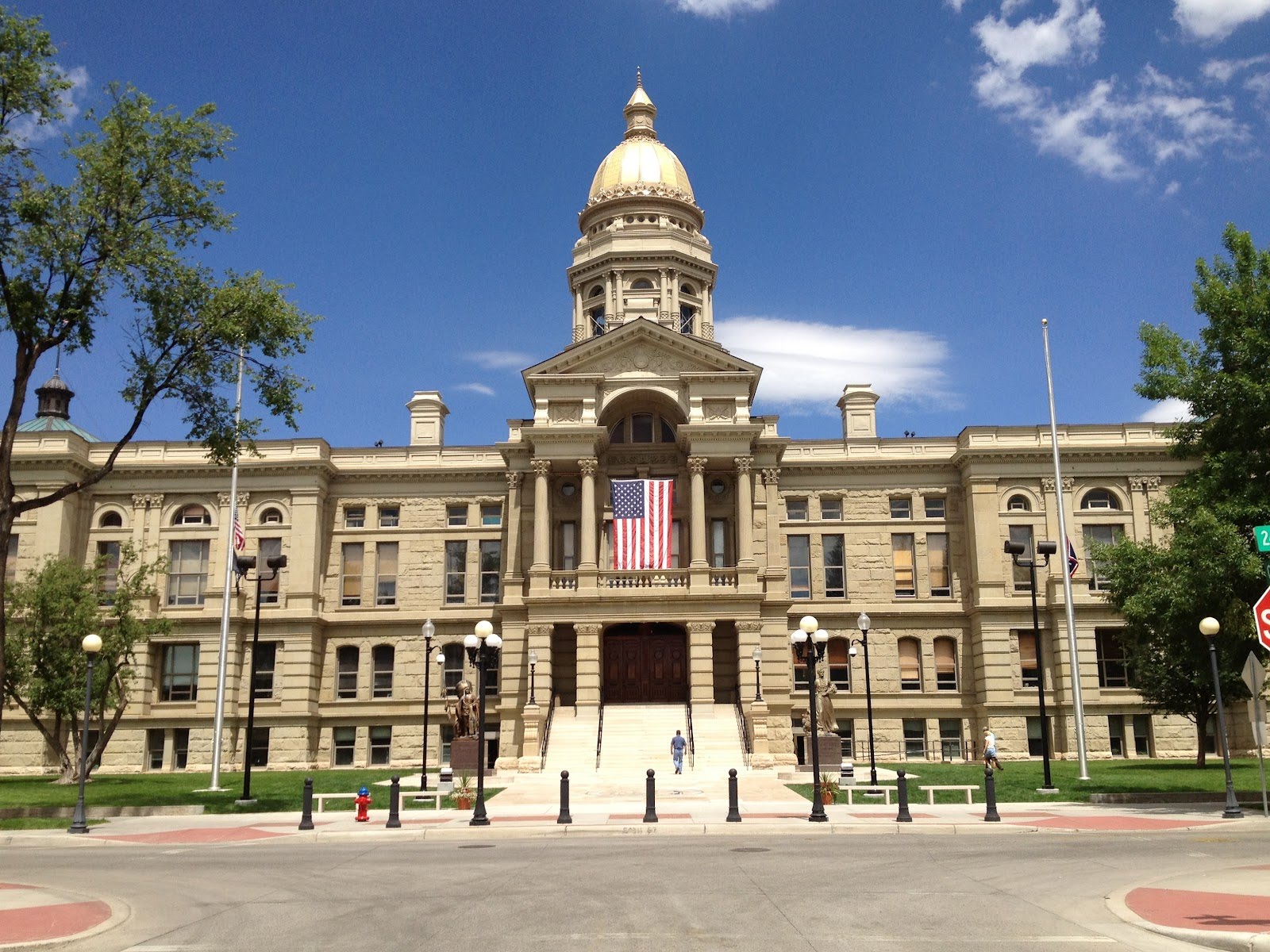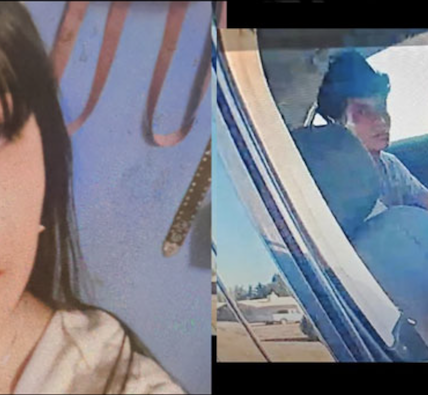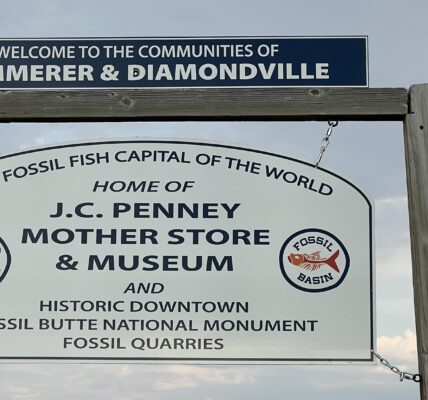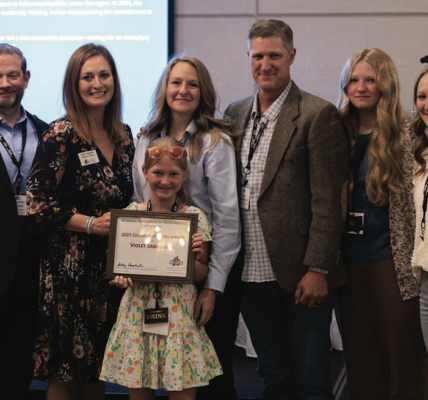◆ “We are doing what is best for Wyoming people,” Governor says.
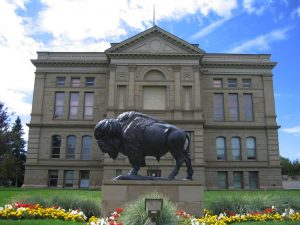
Stay the course, adhere to public health orders and be patient as Wyoming continues statewide public health orders through April 30. That was the gist of the message from Gov. Mark Gordon in last week’s press conference in Cheyenne.
And while he commended Wyoming citizens for their adherence to social distancing protocols, which he said was “making a difference” in flattening the curve, the governor emphasized two strong points.
First, if “we ease up and fail to adhere to the guidance in place, if we think this will turn off like a switch, we may not be ready to relax any restriction.”
Second, Gov. Gordon stressed: “I want to be clear on this. If anyone thinks that simply easing restrictions currently in place will lead to an immediate return to normal, they need to think again.”
During the April 15 press conference, which included state health officer Alexia Harrist, the governor also emphasized that state officials are working on a phased recovery plan and that Wyoming is “not in sync” with neighboring states in relation to pandemic numbers.
“They run the range,” Gov. Gordon said, relating a surge in a county in neighboring Colorado. Wyoming state health officials expect Wyoming to surge in a couple of weeks, while South Dakota is expected to surge in June. (See April 17 SVI Media article: “Gov. Gordon confirms public health orders will remain through April 30; state officials working on phased recovery plan.”)
“We are doing what is best for Wyoming people here in our state, and I am in constant contact with neighboring governors to understand their processes as well so we don’t cause problems for ourselves or for them.
“Our department of health continues to be in contact with hospitals around the state to monitor capacity, and I’m pleased to report that our hospitals have been very proactive in planning for the possibility of a surge in patients.”
Gov. Gordon related: “While we continue to see variations of numbers of new cases, it remains too early to see if we are near the peak of these illnesses yet. We must follow the recommendations in place to reduce the likelihood of large clusters of new cases.”
For example, he referred to a surge just days ago in South Dakota that has shut down part of the country’s pork processing industry.
Referring to a phased recovery, Gov. Gordon said a business task force is looking at ways to implement plans with both short and long-term ideas. “I think it’s important for Wyoming people to understand that our economy is not the same as it was in February. It is a changed economy, and we will be living with this virus for some time to come.
“We will be taking public input on those proposals, and we look forward to having those available during the coming week,” the governor emphasized.
In addition, Gov. Gordon said, “I’ve been approached by governors in neighboring states to discuss how as a region we will begin to look at how we change our orders. Our health departments are examining metrics that will indicate our efforts are effective at flattening the curve and slowing the spread of the virus.”
In her remarks, Dr. Harrist with the Wyoming Department of Health referred to the extended order in Teton County to limit gatherings of individuals to the same households. She also explained some of the aspects of “contact tracing” since the onset of the outbreak in Wyoming.
“Contact tracing involves following up with laboratory cases usually by phone. We ask them a series of questions about their illness, their situation, and we ask them to identify their close contacts. We define close contacts as people who live within the same household as well as people who have been within six feet of the person with COVID-19 for at least 10 minutes.”
If a close contact has symptoms, Dr. Harrist explained, then he or she is treated as a “probable” with COVID-19. In these cases, the same tracing process is followed as well as the same quarantine and isolation orders.
Tracing, Dr. Harrist related, is “helpful in containing the disease and to identify and control local outbreaks.”
Continuing, Dr. Harrist said the team from the Centers for Disease Control and Prevention (CDC) had arrived in the state and will “be focusing on prevention and management of COVID-19 within long-term care facilities and other communal settings, as well as data management and data.”
“As we consider our steps in moving forward in terms of orders …, we will continue to use data to inform our decisions. There is not one single data point we can rely on, but rather we need to consider the entire picture.
“I know this is very difficult to families and family businesses,” Dr. Harrist conceded. “I understand and sympathize. However, I have also spoken with physicians over the last two days regarding the people we’ve lost to the virus and it brings home to me why these difficult decisions and the significant changes that people have made in their lives to protect their communities are so important.”
In other news relating to COVID-19 in the Star Valley area, Dr. Chris Krell, Lincoln County health officer, spoke on Facebook audio that he is “looking forward to try to get us back to normal.”
He said he has been in contact with other county health officials “to start trying to work out ways to getting people back to work.”
In looking at ways for exemptions to be granted to small one-on-one businesses, like barbershops and massage therapists, Dr. Krell said: “We can certainly try to work on getting them open. I’m going to need to see what kind of plan these businesses have to maintain some distance and maintain cleanliness.
“If I can get a plan on that, that’s something I can submit to the state officer in an effort to try and get some of these small businesses back open.”
The pandemic isn’t just going away, he emphasized, but he acknowledged “I want to do what we can to save the economy” and this can be done while following the government’s step-by-step approach to recovery.

